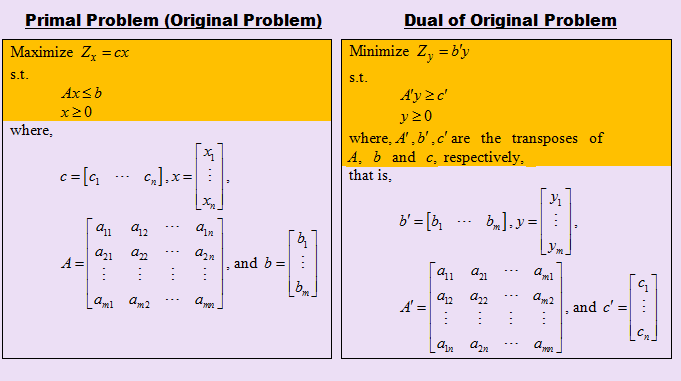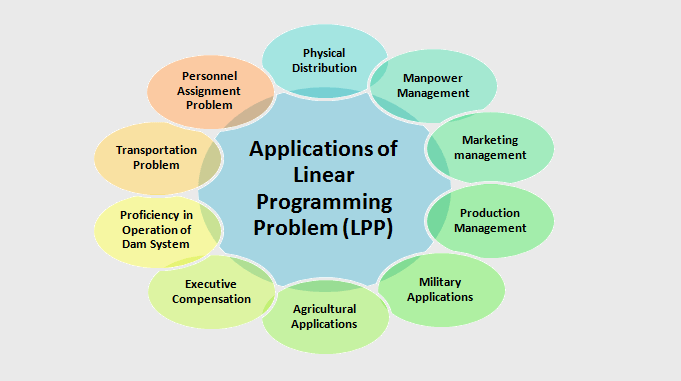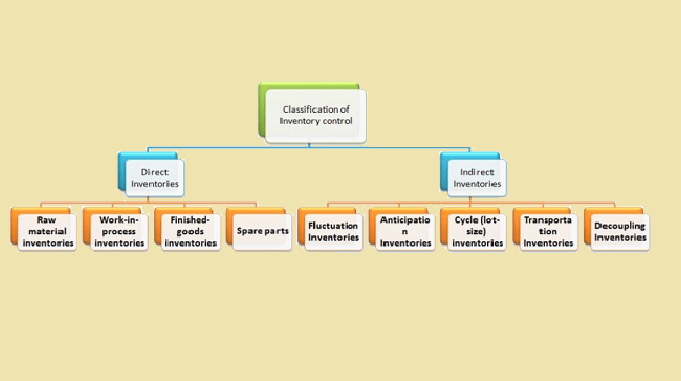
Definition of Duality in LPP (What is Duality in Linear Programming Problem):
One of the most significant discoveries in the early development of linear programming was the concept of duality. The Duality in linear programming problem (LPP) states that
“For every linear programming problem, there is a corresponding linear programming problem called the dual”.
The original linear programming problem is called “Primal,” while the derived linear problem is called “Dual“. The dual of this dual linear program is the Primal linear program.
If the primary problem is a maximisation problem, then the dual problem will be a minimization problem, and vice-versa. That is, the dual of a maximum problem is a minimum problem, and similarly, the dual of a minimum problem is a maximum problem. In either case, the dual’s final tableau will include both the solution to the dual and the solution to the original problem. So, if we know the optimal solution to one problem, we can easily find the optimal solution to the other. This is significant because it is sometimes easier to solve the dual than the primal.
The original linear programming problem must be formulated in its standard form before attempting to solve for duality. Standard form means, all variables in the problem must be non-negative, and, use the “≥” sign in the minimization case and the “≤” sign in the maximisation case.
Characteristics of the dual problem:
The following are the main characteristics and properties of duality in linear programming:
1. The dual of the dual is primal.
2. If any of the two problems (primal or dual problems) have a solution, the other must have a solution as well, and their optimum values must be equal.
3. If either of the two problems has only an infeasible solution, the value of the other’s objective function will be unbounded.
4. If either the primary or dual problem has an unbounded solution, the solution to the other problem is infeasible.
5. If the primal problem has a feasible solution but the dual does not have, then the primal would not have a finite optimum solution, and vice-versa.
Advantages of Duality in Linear Programming:
The following are the main advantages and the importance of duality:
1. It generates lots of powerful theorems.
2. Sometimes the dual is easier to solve. If the primal problem has a large number of rows (constraints) and a small number of columns (variables), converting it to dual can significantly reduce the computational procedure.
3. Solution of the dual cheeks the precision of the primal solution for computational errors.
4. Indicates that fairly close relationships exist between linear programming duality.
5. Using the dual’s economic interpretation, management can make better decisions in the future.
6. The dual can be helpful for sensitivity analysis.
Read Also – Duality in linear programming in Hindi
(Source – Various books from the college library)
- Tags: properties of duality, concept of duality in lpp, importance of duality in lpp
Copyrighted Material © 2019 - 2024 Prinsli.com - All rights reserved
All content on this website is copyrighted. It is prohibited to copy, publish or distribute the content and images of this website through any website, book, newspaper, software, videos, YouTube Channel or any other medium without written permission. You are not authorized to alter, obscure or remove any proprietary information, copyright or logo from this Website in any way. If any of these rules are violated, it will be strongly protested and legal action will be taken.





Be the first to comment